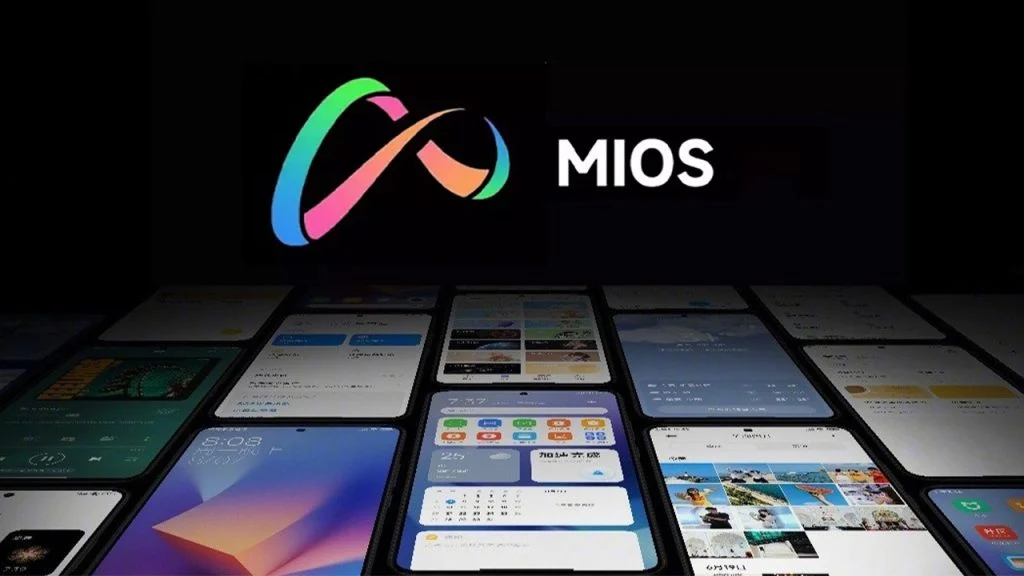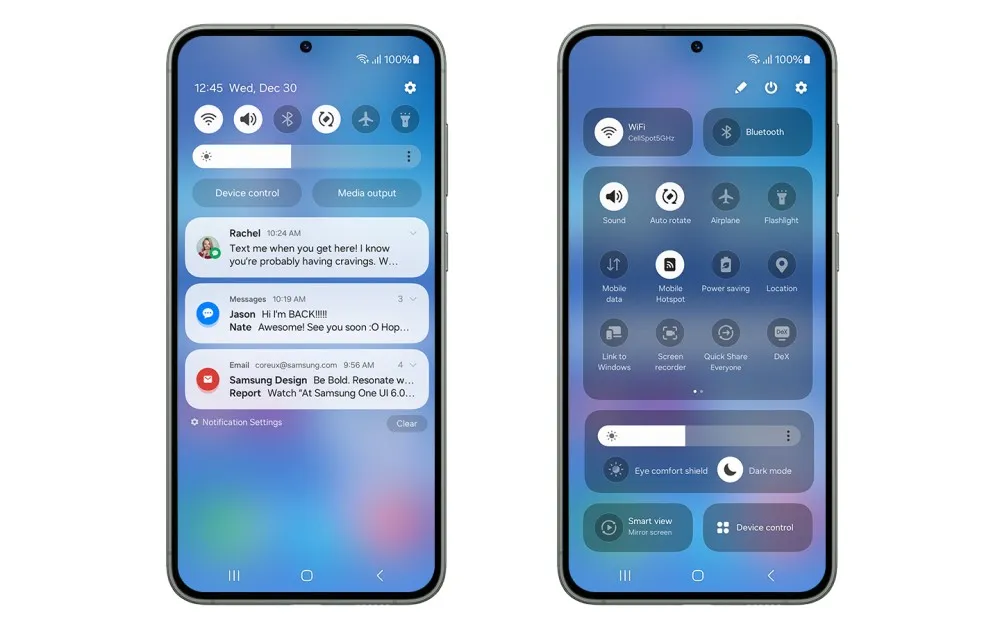The Forthcoming Nintendo Switch Successor
The upcoming Nintendo Switch successor is sparking significant excitement and conjecture within the gaming community. Nintendo finds itself in a competitive landscape with formidable rivals such as PlayStation, Xbox, and the newcomer Steam Deck. The pressure is on for Nintendo to not only deliver a robust handheld console but also to meet the lofty performance standards demanded by gamers. However, recent leaks indicate that the forthcoming Switch iteration may lack the essential hardware required for running DLSS (Deep Learning Super Sampling), potentially impacting its resolution capabilities.
Nintendo's Next Generation Console and the Omission of DLSS
Although details about the next Nintendo Switch are scant, it has been disclosed that the console will incorporate the T239 chipset, a substantial upgrade from the Nvidia Tegra X1 and X1+ chips present in the current Switch models. Nintendo's reliance on Nvidia technologies is pivotal as they intend to prolong the console's longevity by integrating artificial intelligence features like DLSS.
DLSS is a technology that renders game visuals at a lower resolution and then utilizes deep learning algorithms to enhance them to a higher resolution, enabling games to be depicted at elevated resolutions with enhanced frame rates. Nonetheless, emerging reports suggest that Nintendo could be opting to exclude a Deep Learning Accelerator (DLA), a specialized processor that bolsters the performance of DLSS, possibly due to cost-cutting measures.
Ramifications on Display Quality
The purported absence of DLA in the speculated T234 chip that Nintendo is purportedly adopting may entail that the Switch successor could fall short in providing a 4K gaming experience at 60 frames per second. Instead, it might be constrained to running games at 1080p resolution or, optimally, 1440p resolution. This potential limitation could disappoint gamers who had anticipated a more immersive and visually striking gaming experience on the forthcoming console.
Awaiting Further Insights
Regrettably, concrete details on this issue remain elusive. As enthusiasts eagerly anticipate fresh leaks and speculations, Nintendo is slated to unveil the Switch successor in the initial quarter of 2024. Until then, one can only ponder on the console's capabilities and whether the absence of DLSS will exert a substantial impact on its performance.
Final Thoughts
In the grand scheme of things, the Nintendo Switch successor is navigating a challenging environment characterized by intense competition and elevated expectations. While the absence of DLSS might curtail its resolution potential, Nintendo has unquestionably devoted considerable time and effort to fabricate a handheld console that promises an engaging gaming venture. As the world of gaming anticipates more revelations, enthusiasts worldwide fervently await the introduction of the Nintendo Switch successor.



